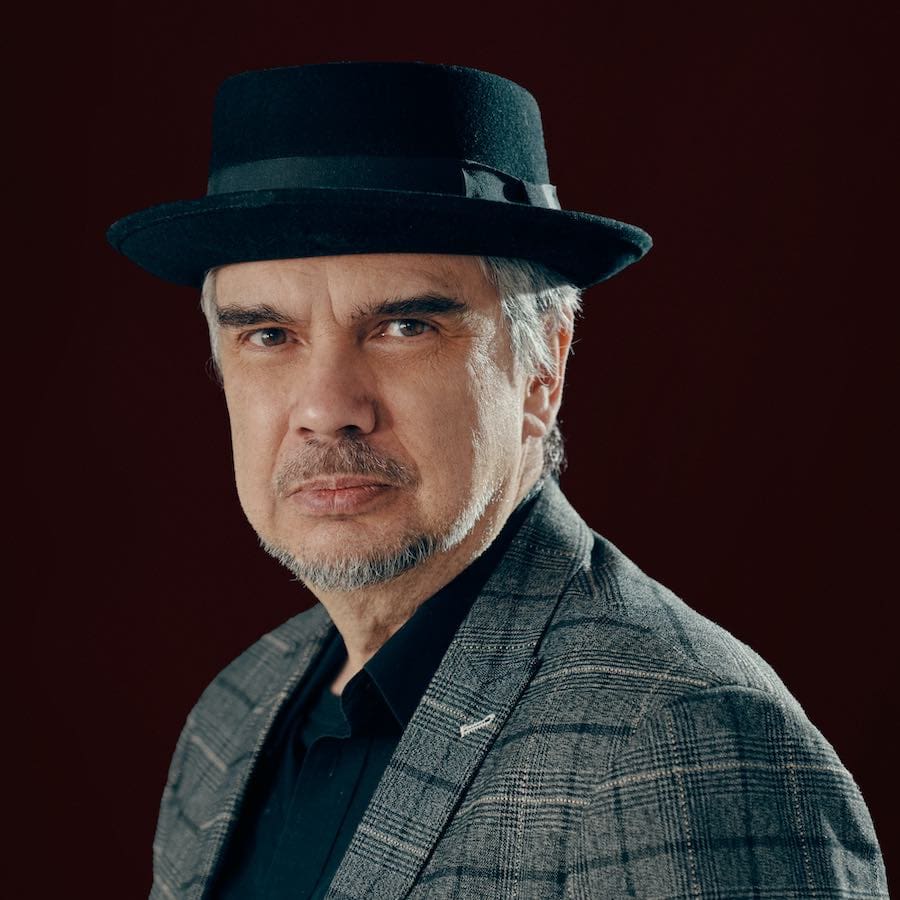
One Tree Hill is visible from almost any vantage point in Auckland, New Zealand. It was formed 67,000 years ago from the last eruption of three volcanic craters, which are still visible.
Despite its name, there is no tree on the mountain’s summit. This presents what I call an “ethics para joder,” but I am getting ahead of myself.
During my recent speaking engagements in New Zealand, I had the opportunity to hike to the volcanic peak of One Tree Hill. The formation was originally known as Maungakiekie– the ancestral site of the Māori people. This was once the largest Māori city, distinguished by a single tōtara tree, which is indigenous to New Zealand and planted on the hill’s high point.
Incidentally, some argue it was a pohutukawa tree, also indigenous to New Zealand. Regardless, the hill holds cultural, historical, ancestral and spiritual importance for the Māori.
With the colonization of New Zealand in 1844, Maungakiekie fell into European hands. In 1852, Pākehā (non-Polynesian) settlers cut down the indigenous tree and replaced it in 1875 with a non-indigenous Monterey pine, native to California and Mexico.
The hill soon became a symbol of the colonization process and all its associated evils. Just as the native tree was destroyed and replaced by a foreign species, so too were the Māori.
Māori resentments didn’t matter because they weren’t expected to be around much longer. This was illustrated in 1940 when an obelisk with a bronze Māori warrior was constructed on the summit of Maungakiekie as a memorial to the Māori, who were expected to soon go extinct.
They did not.
Not only did they not go quietly into the night, their resolve over the symbolic replacement of their tree festered. Cries of protest landed on the deaf ears of the Auckland authorities responsible for managing what they called “One Tree Hill.”
What becomes the ethical praxis available to the marginalized when all is hopeless? What can they do when there isn’t enough power, profit or privilege to surmount institutionalized oppression?
Those familiar with my work know I have advocated for an “ethics para joder.” This is not an abstract concept that was dreamed up in my Ivy Tower. Instead, marginalized people have been practicing this form of ethics for centuries— all I did was contextualize it within my own culture.
Ethics para joder is a survival ethics based on a trickster motif. It is an ethics that screws with the oppressive social structures. The “with” here is essential, and its omission leads to problematic praxis.
When it is hopeless, when there is no way of winning, when the moral arc of the universe does not bend toward justice, the only ethical option available for the powerless is to joder. Think of Jesus overturning the tables at the Temple.
Although the Māori never heard of me or my ideas, they, like all globally marginalized people, have known the ways of jodiendo, of screwing with the authoritative social structures.
How do you resist without getting crushed? How do you play the trickster and do the unexpected to create new possibilities?
I recognize the Māori, or any other colonized people, are not following my academic paradigms. Rather, I am basing my academic paradigms on their praxis.
Mike Smith, a Māori activist, took a chainsaw to the symbol of colonialism, the one tree on One Tree Hill, on October 28, 1994. The date was important because it was the anniversary of the 1835 Declaration of Independence, when thirty-four chieftains signed He Whakaputanga o te Rangatiratanga o Nu Tireni with the British crown proclaiming that sovereign power fully resided with the Māori. The Pākehā, thus, had no authority to enact legislation.
Not surprisingly, the Pākehā ignored and broke the treaty.
Why the drastic act of felling the tree? According to Smith, “It was done in an effort to bring focus on the Government’s treaty settlement of the time, which I felt was unjust and unworkable.”
The pine was damaged and barely survived, but other activists finished the job in October 2000. The tree, now dead, was removed.
As some of the folks who hosted me said, the act elevated awareness about the injustices faced by the Māori. Some Pākehā, however, informed me it was an act of vandalism that solved nothing. I chose to believe the former.
Was full sovereignty achieved for the Māori? No.
Did the act of Smith move the needle closer to justice? That’s for the Māori to decide.
Here is what I do know: The Māori now have a greater say in the management of Maungakiekie. Cars and buses no longer trek to the top of the hill, and the road has been turned into a footpath out of respect for the land.
On June 11, 2016, nine young tōtara and pohutukawa Indigenous trees were planted at the summit. With time, the strongest of them will become the single tree on One Tree Hill, and the others will be moved elsewhere.
The return of indigenous fauna to Maungakiekie, according to Paul Majurey, Chair of the Tūpuna Maunga o Tāmaki Makaurau Authority, marks another significant milestone. He says, “The establishment of the co-governance arrangement between mana whenua and Auckland Council has already resulted in much better care of these treasured places.”
This ethics para joder of cutting down the tree may not have brought the utopian reign of justice, but it has contributed to a new way of being. We know that what was— was indefensible.
But were the consequences of this act better? Worse? That’s the thing about the ambiguity and fluidity of doing this type of ethics— only time will tell.





